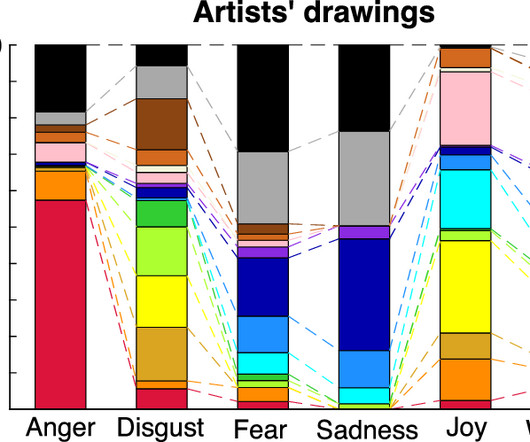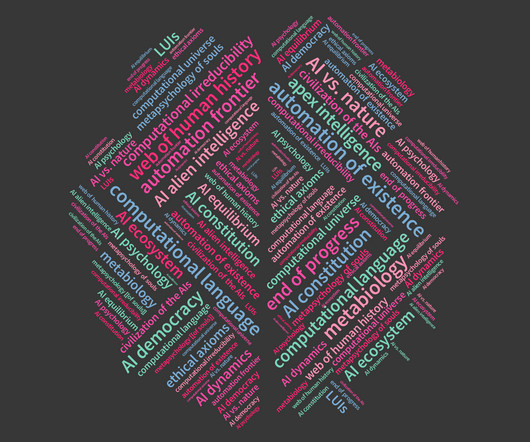Are there ‘rules’ for conveying emotion through art?
Futurum
SEPTEMBER 26, 2023
Published: While art and science are often separated in academia, there is a lot to be learnt by considering them together. However, the skills learnt from subjects such as mathematics and physics are everlasting and applicable to many different fields. I want to tackle seemingly fuzzy problems with rigorous science.












Let's personalize your content